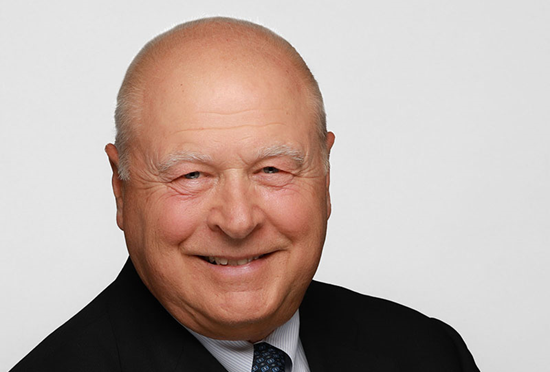Derivative Path adds 14 banks in two months

US derivatives and debt trading platform Derivative Path says it is seeing a growing appetite for access to interest rate and FX derivatives from second and third tier regional firms after adding 14 financial institutions in the last two months.
Speaking to Global Investor, co-chief executive Pradeep Bhatia said the eight-year-old fintech firm has seen its client base double over the last two years to 140 including 14 since March.
“A majority of our clients on a quarter-over-quarter basis have continued to add significantly to their derivatives positions,” Bhatia said. “Regional banks and community banks in the US have increased their balance sheet hedging activity.”
Banco Popular, FirstBank, Pentagon Federal Credit Union, SmartBank and Cass Information Systems, owner of Cass Bank, are among the 14 banks that have onboarded in the two-month period, Bhatia said.
Collectively, these five institutions have $106 billion (£76bn) in assets, with the largest, Banco Popular, standing at $65bn.
In addition, Derivative Path has signed up private equity firms and corporate end-users who are active participants in derivatives markets over the two-month period. These include Cornerstone Building Brands, a private equity-backed public corporation and North America’s largest manufacturer of exterior building products, with a market cap of approximately $1.8bn.
The San Francisco-based firm’s acquisition of debt management platform Monetics in March is helping to drive uptake, Bhatia said, as it is now able to deliver unified commercial loan and derivatives management. The integration is part of an aggressive expansion, which includes insurers, investment funds and pension companies, following a US$35 million series B funding round in June last year led by FTV Capital.
“The universe of debt and derivatives are quite tied to each other,” Bhatia said. “The use case for regional banks is that they make a loan and then they offer an interest rate derivative to an end-user client.
“Regional and community banks as well as many end-user communities such as private equity firms, end-users and middle market participants traffic in loans, IRD and FX transactions, and so we are trying to combine that under one roof.
“We expect that over time as a result of our Monetics acquisition, we’re going to see more and more banks sign up as it helps them gain access to the kind of technology that Wall Street firms have on their desks.”
While the unified platform is helping to drive uptake, market conditions are also behind the increase in demand, Bhatia believes, as mid-sized banks continue to increase fee income generation and balance sheet hedging activity amid low interest rates and reduced lending as a result of Covid-19.
“Covid continues to be a concern for a lot of folks,” Bhatia said, “so as the situation improves and as activity picks up, we will see more and more banks looking for ease of access to rates, FX and loans.”
Christopher Giancarlo, former chair of US derivatives regulator the CFTC and an independent director of the American Financial Exchange, has called for federal legislation that provides choice for regional banks as markets transition from the Libor benchmark to alternative rates.
Found this useful?
Take a complimentary trial of the FOW Marketing Intelligence Platform – the comprehensive source of news and analysis across the buy- and sell- side.
Gain access to:
- A single source of in-depth news, insight and analysis across Asset Management, Securities Finance, Custody, Fund Services and Derivatives
- Our interactive database, optimized to enable you to summarise data and build graphs outlining market activity
- Exclusive whitepapers, supplements and industry analysis curated and published by Futures & Options World
- Breaking news, daily and weekly alerts on the markets most relevant to you



